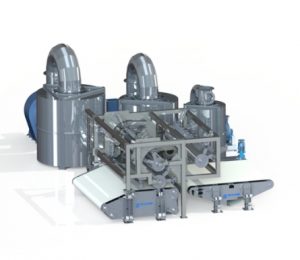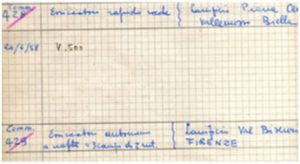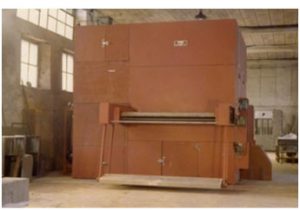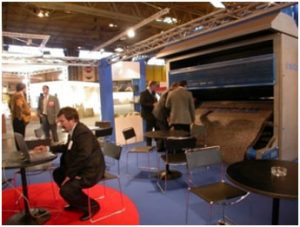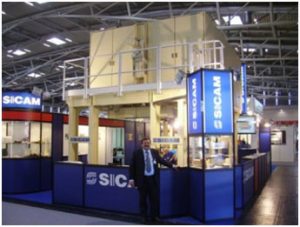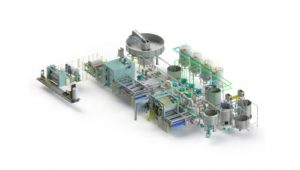Company
SICAM manufactures machinery and complete plants for the textile and nonwovens, using its more than half a century experience in this sector.
Research, development of new solutions and innovation are the ingredients that, combined the know-how accumulated over the years, give life to SICAM production, custom made and focused towards customer needs.
The mission of the company is, indeed, in providing the best solutions to the diverse needs of its customers.
The methods of projects implementation are continuously improving, that allows us every year to offer complete plants and machinery with technological innovations and high quality standards, thanks to an active involvement in an international sector in constant evolution.
Our goal is our customers’ satisfaction, as well as special attention to environmental factors; SICAM machinery and plants unify solutions allowing to protect the environment and favour energy-saving.
Nowadays a huge amount of equipment produced by SICAM are in operation in different countries of Europe, of Middle East, of Asia and of America.
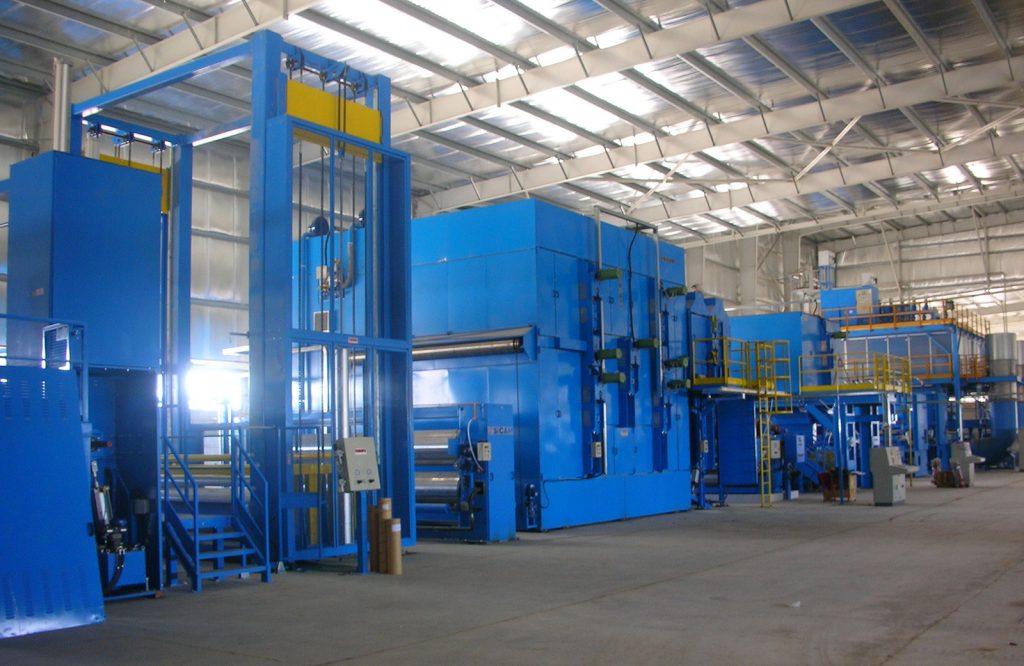
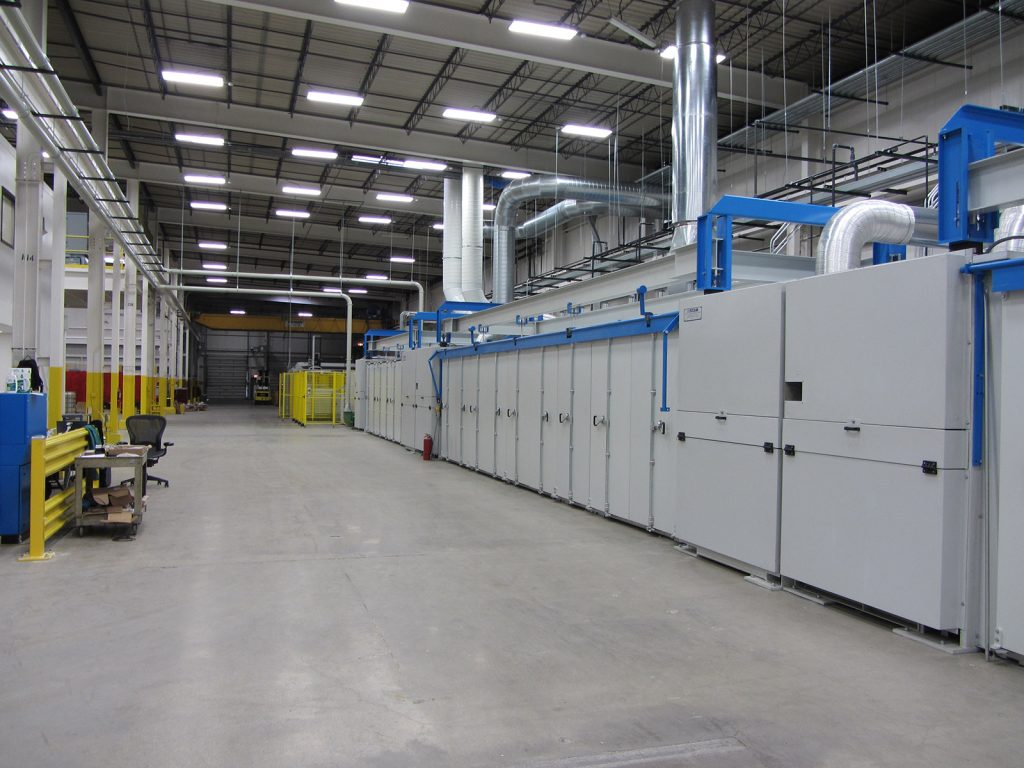
Know How, Innovation and Patents
Significant bundle of knowledge and experience gained since 1953 is the know-hows, which SICAM can rely on, constantly enriched by new solutions and by innovations due to a design in step with the times.
The knowledge and attention paid to optimization of numerous technological processes used in textile industry and manufacturing of non-wovens is the main principle in design of each machine.
Hundreds and hundreds of projects specifically created for each customer have led to a synergy between design, construction and technological processes of machinery and plants, more and more advanced and environmentally friendly.
SICAM’s machines and production lines are being manufacturing with the use of modern, safe and reliable technologies obtained by the most advanced developments.
Patents
SICAM has registered diverse patents concerning implementation of innovations for thermobonding ovens, that are results of improvements and technical innovations satisfying in the best way the requirements of our customers and the market.
The last application for a European Patent, in chronological order, is dated 2021 – ref. no. EP21171436 – and was filed through co-financing by the Lombardy Region under Axis I POR FESR 2014-2020- Action I.1.b.1.1 support for the purchase of services for the technological, strategic, organisational and commercial innovation of enterprises.
In particular, the project is implemented with the contribution of resources from the European Union, the Italian State and the Lombardy Region, in application of Regulation (EU) No. 1303/2013 – Annex XXII and Implementing Regulation (EU) No. 821/2014 – Articles 4 and 5.

